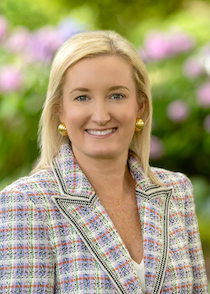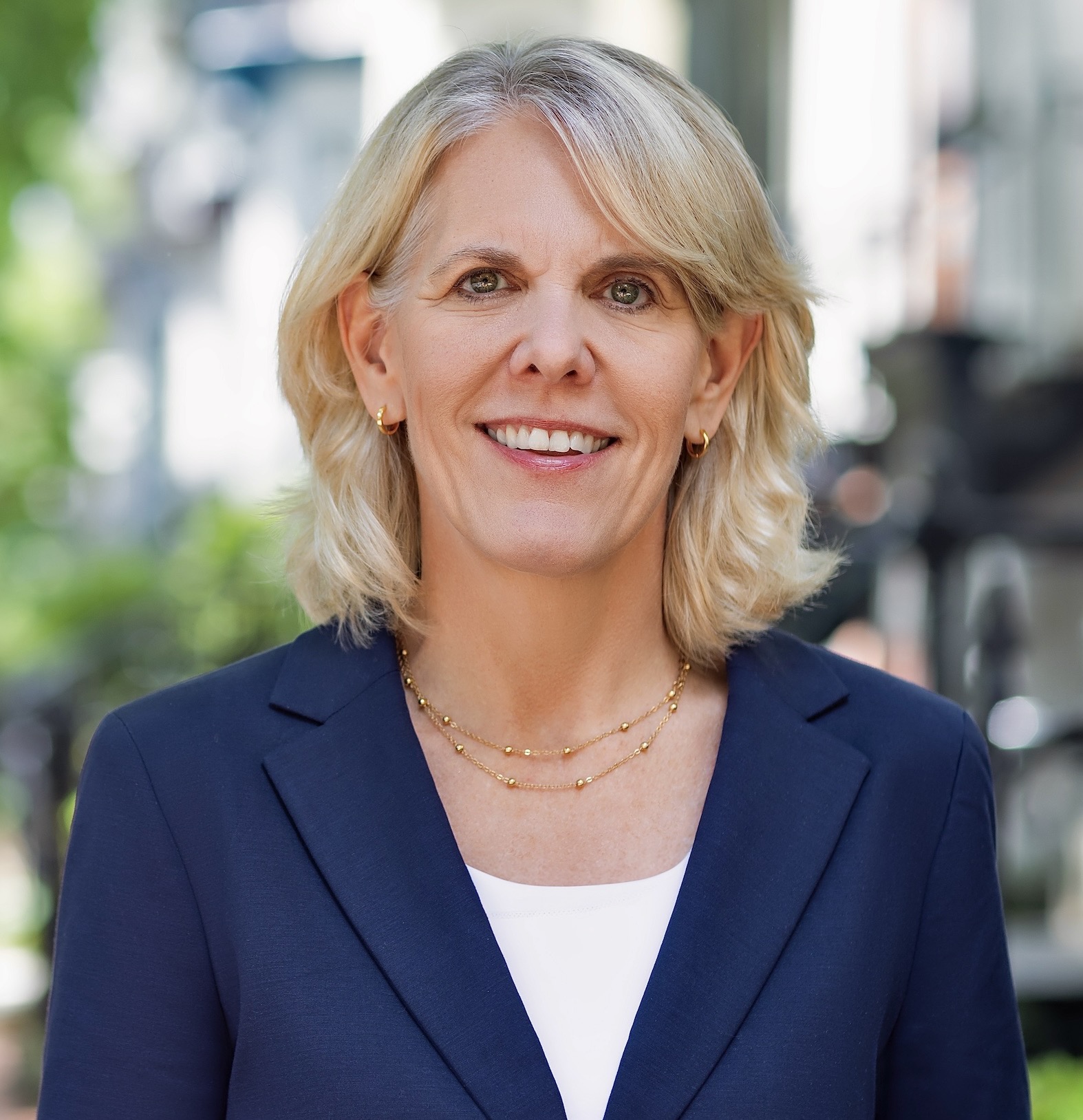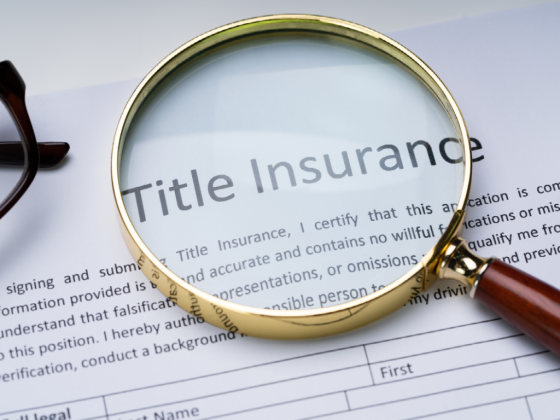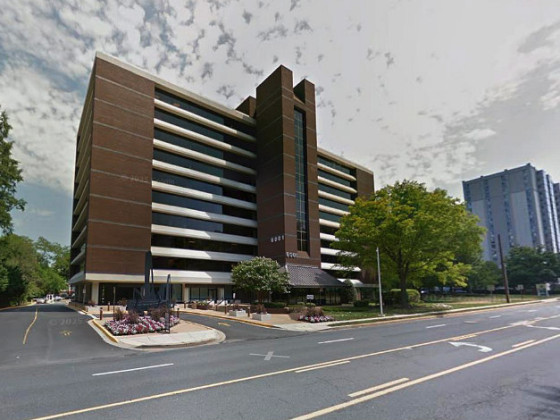What's Hot: A New Plan For The H Street Corridor
 Report: The DC Area is Expensive, But Not Expansive
Report: The DC Area is Expensive, But Not Expansive
✉️ Want to forward this article? Click here.
Development in the District and its suburbs has boomed in recent years, but a recent report shows that the DC area has become pricey due to its slowing rate of expansion since the 1970s.
As BuildZoom chief economist Issi Romem explains, there is an inverse relationship between growth in housing prices and outward expansion in metropolitan areas. Although U.S. cities have expanded into surrounding areas at a steady clip since the post-World War II era, they have done so in two different ways: expansively or expensively.
Expansive cities have developed at an accelerated rate, coupling their economic strength with strong population growth. Conversely, expensive cities have sharply reduced their rate of outward expansion in recent decades leading to higher property values.

A snapshot of development in the DC area in the 1970s

A snapshot of development in the DC area in the 2000s
DC offers a clear example of the development dynamic of expensive cities, wherein an inelastic housing supply has led to a reactive style of development in response to rising property values.
story continues below
loading...story continues above
“[Expensive cities like DC] create jobs and opportunities that attract many people, but when these people compete with each other over a limited housing stock the highest bidders prevail, raising home values and rents,” the BuildZoom report stated. “A key implication of housing cost escalation is that it sorts people into and out of these cities based on their financial ability, churning out a population that is increasingly well off. Because affluent residents tend to ratchet up land use regulation more than others, the process results in an even more constrained housing supply that raises property values further in a vicious cycle.”
In the DC area, stringent building and land-use regulations are also coupled with the development challenges posed by natural topography. The cycle of rising housing prices, inelastic supply and slow-rolling development will continue unless the area gets more creative and expansive in its growth.
Click here to see more data and analysis from other cities around the country.
This article originally published at https://dc.urbanturf.com/articles/blog/how_dcs_development_rate_has_made_it_expensive/11122.
Most Popular... This Week • Last 30 Days • Ever

The differences between condo fees and co-op fees might seem small, but there are som... read »

For our first development rundown of the year, UrbanTurf catches up on the latest new... read »

Architecture firm Torti Gallas has been picked to conduct a land use and market study... read »
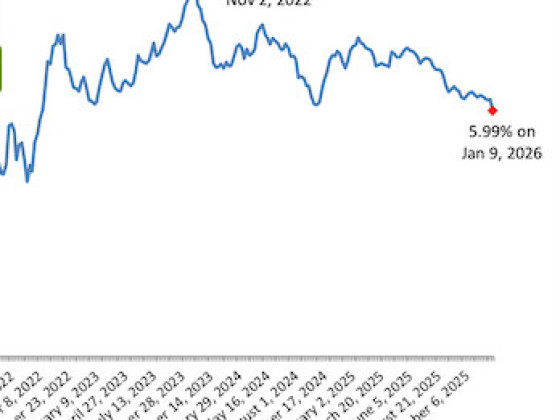
The benchmark rate fell to 5.99%, marking a significant psychological threshold for a... read »

More details on White House ballroom; the sectors fueling growth for the DC office wo... read »
DC Real Estate Guides
Short guides to navigating the DC-area real estate market
We've collected all our helpful guides for buying, selling and renting in and around Washington, DC in one place. Start browsing below!
First-Timer Primers
Intro guides for first-time home buyers
Unique Spaces
Awesome and unusual real estate from across the DC Metro

